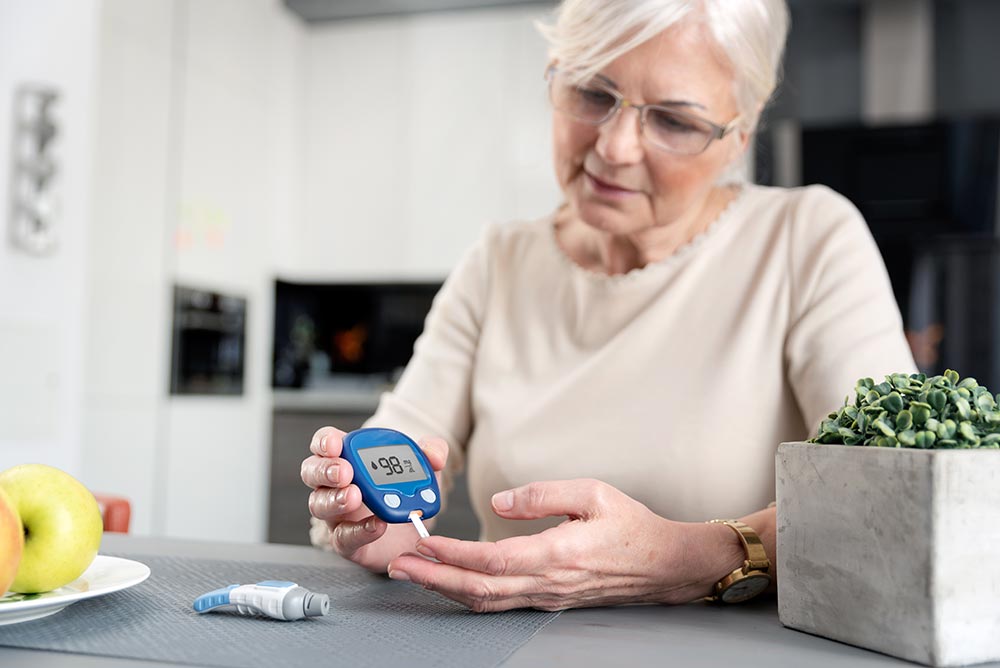We will not be taking calls on Friday, July 4, due to the holiday.
Member and Provider Services Representatives unavailable Friday, July 4
Type 2 Diabetes
Learn how to identify the symptoms of Type 2 diabetes and treat it before high blood sugar levels harm your body.

Take control: managing Type 2 diabetes
Type 2 diabetes is a chronic condition that prevents your body from using insulin the right way.
Insulin is a hormone that regulates how your cells use sugar (glucose), an important source of energy for your body. With Type 2 diabetes, your body either resists the effects of insulin or doesn’t produce enough insulin to maintain normal glucose levels.
Without insulin, glucose can’t get into your cells to act as fuel and instead stays in your blood. Your blood sugar levels then become too high. High blood sugar can cause serious damage to your body and increase your risk for other health problems.
Type 2 diabetes used to be known as adult-onset diabetes, but children can be diagnosed with this disease.
Type 2 diabetes is different than Type 1 diabetes. With Type 1, your pancreas produces little or no insulin. With Type 2, the body still makes some insulin, but it can’t use it the right way.
What are the symptoms of Type 2 diabetes?
Symptoms of Type 2 diabetes often develop slowly. Here are the signs you should look for:
- Feeling very thirsty
- Urinating more often
- Feeling very hungry
- Fatigue
- Blurred vision
- Sores, cuts and bruises are slow to heal
- Frequent infections
- Tingling, pain or numbness in your hands or feet
If you have these symptoms, see your doctor, who will conduct a blood test to make a diagnosis. Early detection can reduce your risk of developing complications from the disease.
How do I treat Type 2 diabetes?
While there’s no cure for Type 2 diabetes, you can manage the disease so that your blood sugar stays in control. Your doctor will recommend a personalized treatment plan for you.
Here are some of the most common approaches to treating Type 2 diabetes:
- Eat healthy: Choose foods that are lower in refined carbohydrates and higher in fiber, with a focus on fruits, vegetables and whole grains. A registered dietitian can help you create an eating plan that helps you feel better.
- Get moving: Exercise on a regular basis. On most days, aim to get 30 to 60 minutes of moderate physical activity or 15 to 30 minutes of vigorous activity. Start slowly and find activities you enjoy.
- Lose weight: If you are overweight, losing 5%-10% of your body weight can help you manage the disease—or slow or stop its progression if you have prediabetes.
- Take insulin and/or medication: Your doctor may prescribe diabetes medications or insulin therapy to keep your blood sugar levels close to normal. There are many types of medicine and insulin, so, together with your doctor, you can decide what best meets your needs.
- Monitor your blood sugar: Knowing your levels will help you keep your blood sugar in your target range. There are several different tools so you can check your blood sugar in a way that works best for you.
A diagnosis of Type 2 diabetes is a major life event. With BCBSND insurance and wellness programs, you have the assurance of having support every step of the way. With the latest medical approaches and personalized treatment plans, you can successfully manage Type 2 diabetes.